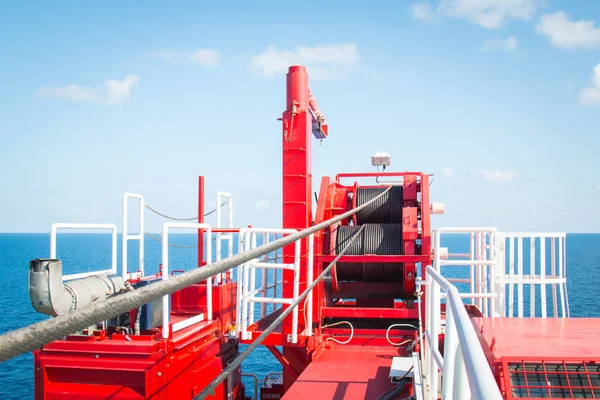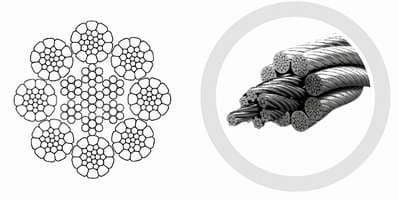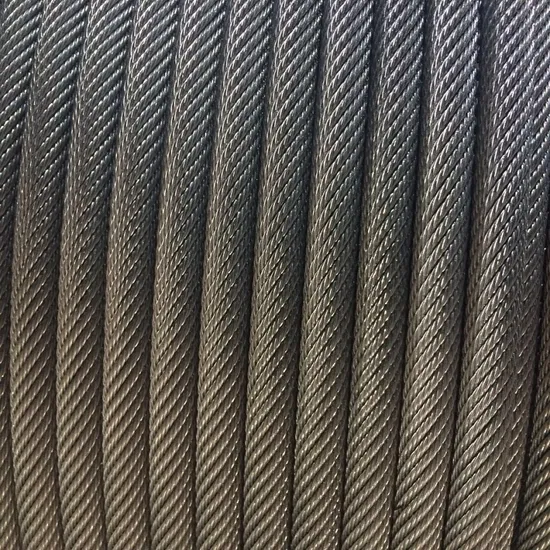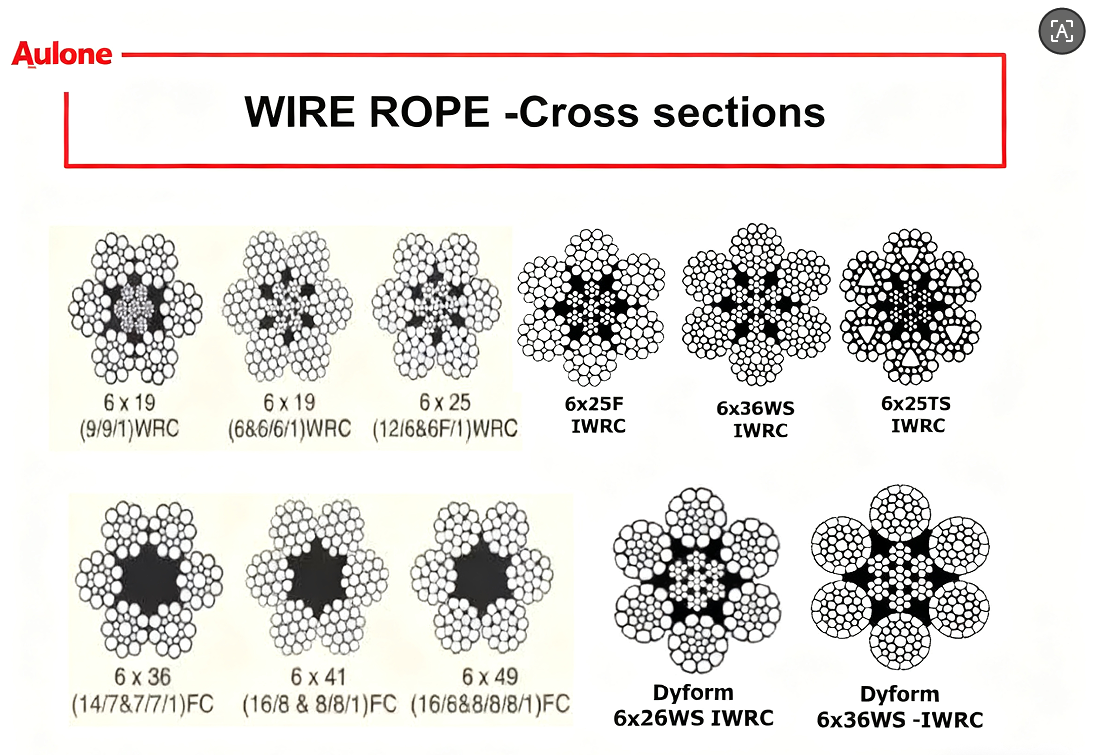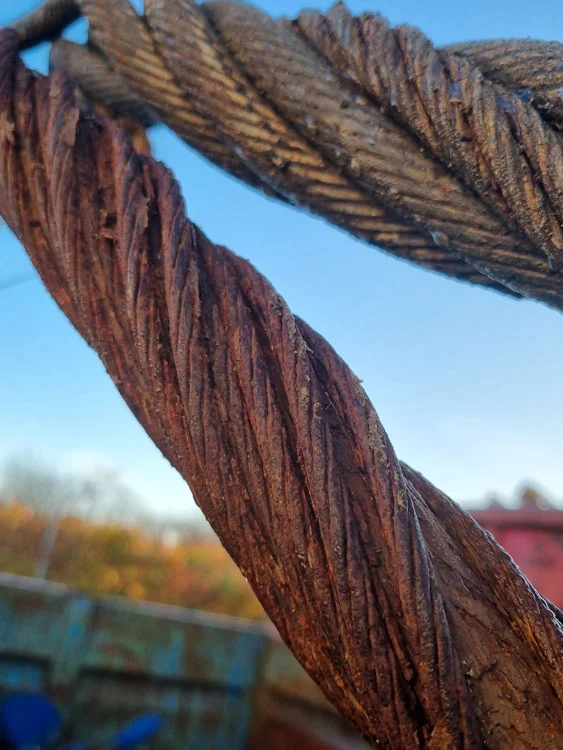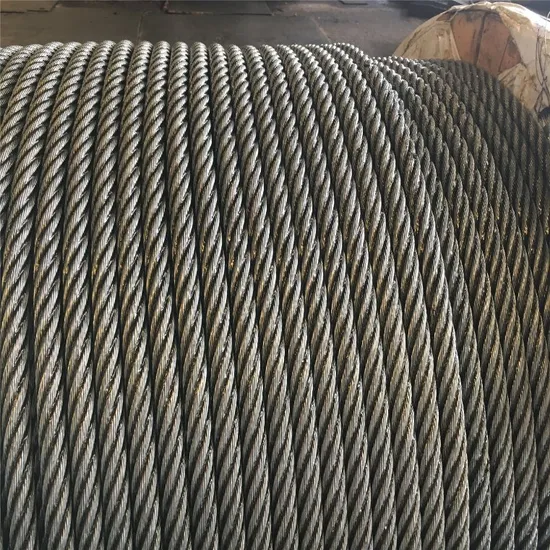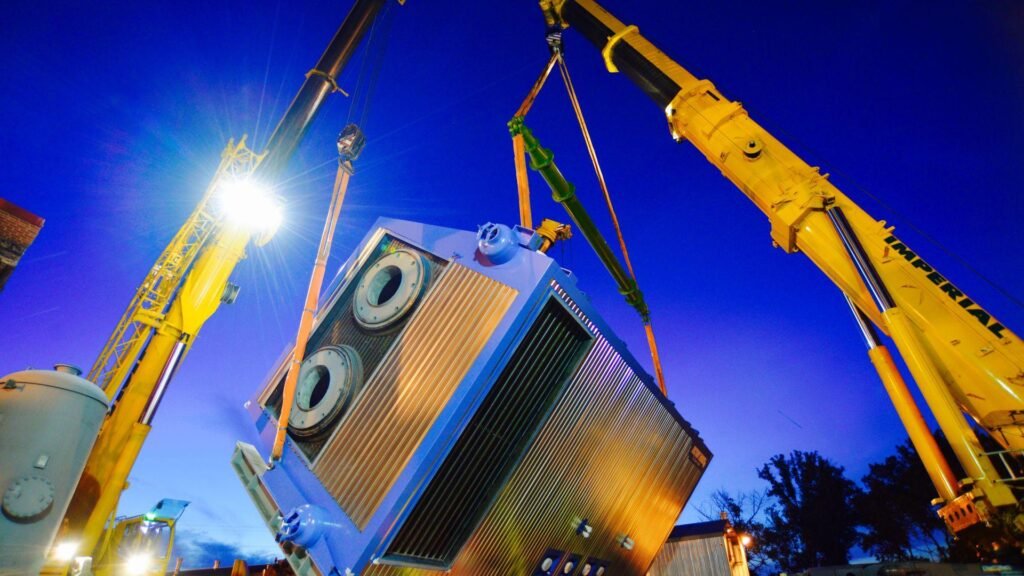
Are you struggling to pick the perfect lifting sling? Wrong choices can lead to big problems. This guide helps you choose safely and correctly.
Choosing the right lifting slings is critical for safety and efficiency. Consider the load’s weight, shape, and attachment points carefully. Different slings have specific strengths and uses.
Let me tell you about a time a client almost made a costly mistake. He thought any sling would work. It really showed me why sharing my knowledge is so important.
What Factors Should You Consider When Selecting a Lifting Sling?
Choosing a lifting sling carefully is important. What should you look for? Many things can affect your choice.
When selecting a lifting sling, always consider the load’s weight, dimensions, and type. The working environment and rigging method are also key factors.
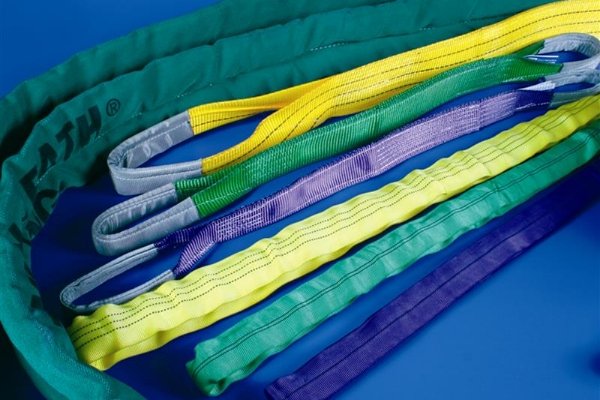
Let’s dive deeper into selecting slings. You need to think about the load first. Is it heavy or light? Is it sharp or smooth? These details matter a lot. The environment also plays a role. Are you lifting indoors or outdoors? Is it hot or cold? This impacts the sling material.
Load Characteristics:
- Weight: Always know the weight. This is very important. Each sling has a Working Load Limit (WLL). Never go over it.
- Dimensions: Look at the size and shape. Some loads are long. Some are wide. This affects how the sling can attach.
- Surface: Is the load smooth or rough? Sharp edges can cut slings. You might need padding.
- Center of Gravity: Find the center. This helps keep the load balanced. If it’s off-balance, the lift is dangerous.
Environmental Factors:
- Temperature: Extreme hot or cold can damage some sling materials. For example, some synthetic ropes do not handle very high heat well.
- Chemicals: Acids or bases can weaken slings. Know what chemicals are present. Choose a sling that can resist them.
- Moisture: Water and humidity can affect some materials. Galvanized wire rope is good for marine use because it resists rust.
- Abrasion: Rough surfaces or constant rubbing can wear down slings. Look for slings with good abrasion resistance.
Types of Hitches:
The way you attach the sling is called a hitch. Different hitches have different capacities.
| Hitch Type | Description | Capacity Factor |
|---|---|---|
| Vertical Hitch | Sling runs straight up. | 1.0 |
| Choker Hitch | Sling wraps around load and pulls tight. | 0.8 |
| Basket Hitch | Sling loops under load. Ends attach to hook. | 2.0 |
| Double Basket | Uses two slings in a basket setup. Spreads the load. | 2.0 per sling |
Remember, a basket hitch gives the most capacity. A choker hitch reduces a sling’s capacity.
What Are the Different Types of Lifting Slings Available?
There are many types of lifting slings. Each one has a specific job. Knowing them helps you choose wisely.
Common lifting sling types include wire rope, synthetic (nylon/polyester), chain, and metal mesh. Each type offers unique benefits for different lifting applications.
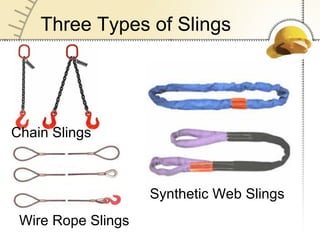
Understanding the different slings is like having a toolbox. Each tool is for a specific job. I work with all kinds of them at Aulone. We make many types for various needs. Let’s look at the main types here.
Wire Rope Slings:
Wire rope slings are strong and durable. They are made from multiple wires twisted together. They offer high tensile strength. This makes them good for heavy loads. At my factory, we produce many types, including galvanized and stainless steel wire ropes. We also make specialized assemblies.
- Pros: High strength, durable, good for high temperatures.
- Cons: Can kink, heavy, can damage soft loads.
- Common Use: Construction, mining, general industrial lifting.
Synthetic Slings:
Synthetic slings are made from materials like nylon or polyester. They are lighter than wire rope slings. They are gentler on sensitive loads. Synthetic ropes are also flexible. We can customize them with logos.
- Pros: Lightweight, flexible, good for finished surfaces, good chemical resistance (depending on material).
- Cons: Not good for sharp edges without protection, can be damaged by high temperatures, less durable than wire or chains.
- Common Use: Automotive, aerospace, delicate material handling.
Chain Slings:
Chain slings are extremely tough. They are made from alloy steel chains. You can adjust their length. They are very resistant to high temperatures and sharp edges.
- Pros: Very durable, resistant to heat and sharp edges, adjustable length.
- Cons: Heavy, can damage soft loads, requires frequent inspection for wear.
- Common Use: Heavy industrial lifting, foundries, construction with abrasive materials.
Other Specialized Slings:
We also make specialized products. For example, we produce synthetic ropes. These are often used where weight is an issue. Or where corrosion is a concern. We also make marine wire rope. This is designed for tough sea conditions.
How Do Certifications and Compliance Affect Sling Selection?
Certifications and compliance are not just papers. They are about safety. They show that a product meets standards.
Certifications like EN12385-4 and others ensure slings meet safety and performance standards. This compliance is essential for operational reliability and legal adherence.
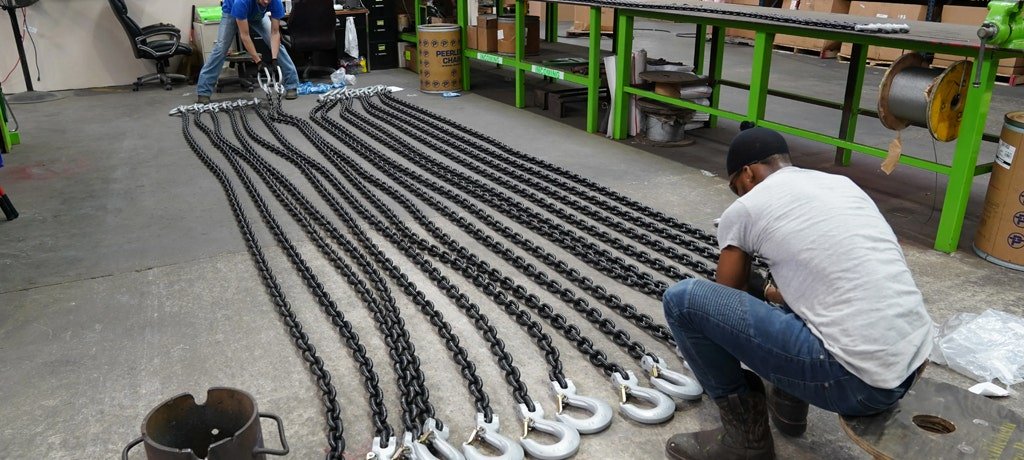
This is a big one for me. My factory takes quality very seriously. We know that certifications are not just bureaucracy. They directly link to how safe and reliable our products are. When a customer like Andri, who is very strict with quality, comes to us, certifications are often the first thing they ask about. It gives them peace of mind.
Why Certifications Matter:
- Safety: Certified slings have been tested. They meet specific safety levels. This reduces the risk of accidents.
- Performance: Certifications ensure that the sling performs as expected. This means it can lift its stated WLL safely.
- Legal Requirements: Many industries and countries require certified lifting equipment. Using non-certified slings can lead to legal issues. It can also cause fines.
- Insurance: Insurance companies often require certified equipment. Without it, claims might be denied.
Key Certifications We Provide:
At Aulone, we understand the importance of quality standards. We can provide several important certificates.
- EN12385-4: This is a European standard. It specifies requirements for steel wire ropes for general lifting. Our products comply with it.
- BV & CE: BV (Bureau Veritas) and CE (Conformité Européenne) marking are important. CE mark indicates conformity with European health, safety, and environmental protection standards.
- RMRS: Russian Maritime Register of Shipping. This is for marine applications.
- DNV: Det Norske Veritas. This is a classification society. It sets standards for safety, quality, and environmental performance in the maritime, oil and gas, and energy industries.
- ABS: American Bureau of Shipping. Another major classification society, primarily for marine and offshore industries.
When I talk to clients, especially in places like Singapore or Saudi Arabia where standards are very high, I always emphasize our ability to provide these documents. It tells them we are serious about quality. It means they can trust our wire rope and other products.
What Maintenance and Inspection Practices Should You Follow?
Even the best sling needs care. Maintenance and inspection keep it safe. Neglecting them is dangerous.
Regular maintenance, including daily visual checks and periodic inspections by a qualified person, is crucial for prolonging sling life and ensuring safety.
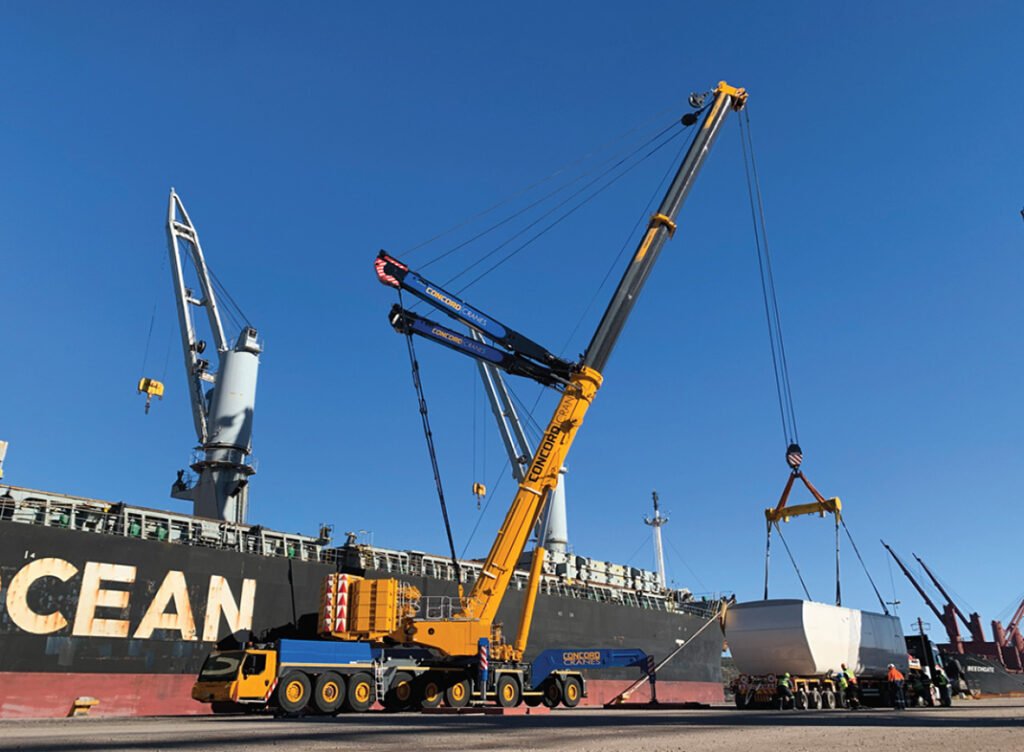
I always tell my customers, buying high-quality wire rope is just the first step. You also need to take care of it. Think of it like a car. You wouldn’t buy a good car and then never change the oil. Slings are the same. Proper care saves lives and money.
Daily Visual Inspection:
Every time you use a sling, look at it. This is a quick check.
- Damage: Look for cuts, nicks, or crushed areas.
- Wear: Check for signs of abrasion or thinning.
- Deformation: Is anything bent, twisted, or stretched?
- Corrosion: Look for rust or chemical damage. Especially on wire rope or chain slings.
- Fittings: Check all hooks, shackles, and rings. Make sure they are not bent or cracked.
If you see any damage, stop using the sling. Tag it as “DO NOT USE.” Take it out of service.
Periodic Inspections:
A qualified person must do these inspections. They are more thorough than daily checks. The frequency depends on use. Heavy use means more frequent checks.
- Frequency: Usually monthly, quarterly, or annually. Follow manufacturer guidelines and local regulations.
- Documentation: Keep records of all inspections. This helps track the sling’s history. It also meets compliance needs.
Proper Storage:
How you store slings matters.
- Clean and Dry: Keep slings clean. Store them in a dry place. This prevents rust and mildew.
- Off the Floor: Hang them or keep them on racks. Do not store them on the ground.
- Away from Chemicals: Protect them from chemicals, heat, or direct sunlight.
Proper maintenance not only assures safety but also extends the life of your slings. This means you save money in the long run.
Conclusion
Choosing lifting slings correctly is essential for safety. Consider the load, environment, and sling type. Follow all standards. Inspect and maintain slings often.

